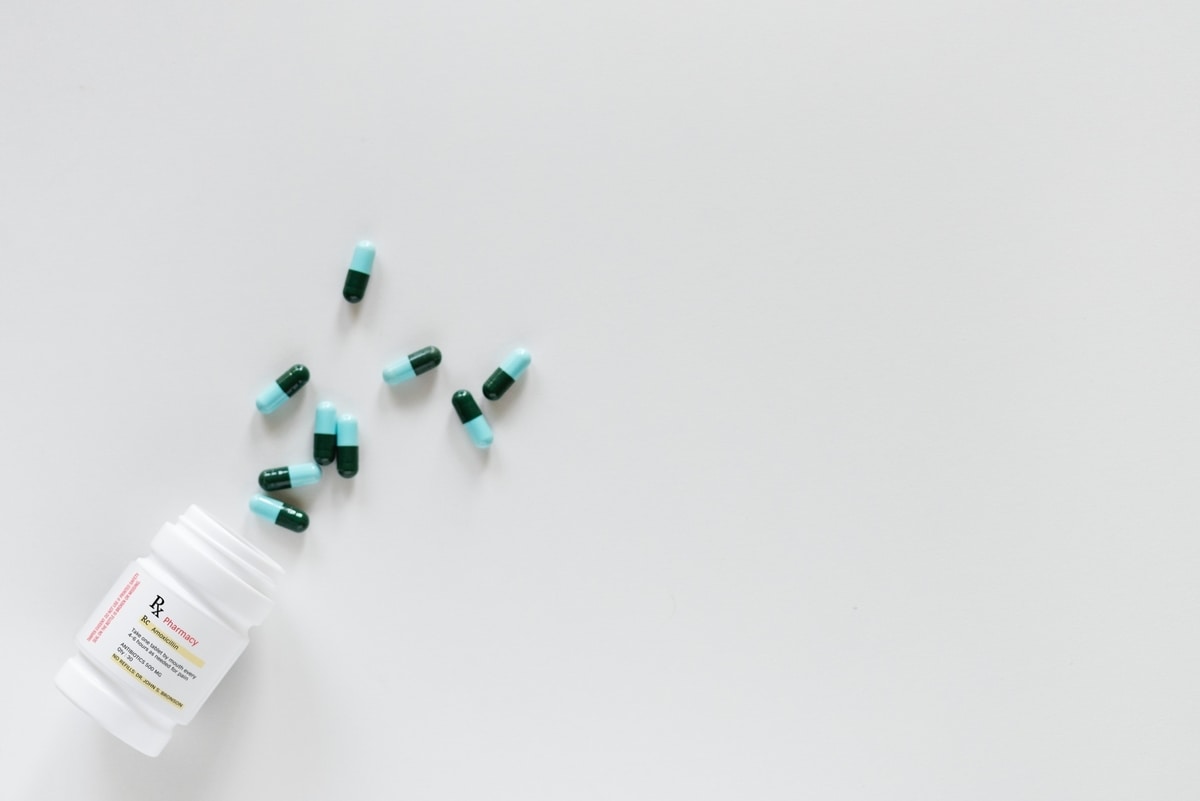More than 40 years after President Richard Nixon declared a “war on cancer,” could the end of the fight be near? Researchers in Israel believe they have cracked the code to cure cancer.
Dan Aridor, chairman of Accelerated Evolution Biotechnologies Ltd. (AEBi), said the company has developed a SoAP platform, which provides functional leads — agonist/antagonist — to challenging targets and involves the reprogramming a virus.
“We believe we will offer in a year’s time a complete cure for cancer,” Aridor said. “Our cancer cure will be effective from day one, will last a duration of a few weeks and will have no or minimal side-effects at a much lower cost than most other treatments on the market.
“Our solution will be both generic and personal.”
SoAP technology involves the introduction of DNA coding for a protein, an antibody, into a bacteriophage – a virus that infects bacteria. The protein is displayed on the surface of the phage. Researchers can use these protein-displaying phages to screen for interactions with other proteins, DNA sequences, and small molecules. (1)
Dr. Ilan Morad, AEBi’s CEO, said, “We made sure that the treatment will not be affected by mutations; cancer cells can mutate in such a way that targeted receptors are dropped by the cancer.”
He said identifying why cancer-killing drugs and treatments do not work (or eventually fail) was the starting point. Finding a way to counter that effect led the team to peptides, which are compounds of two or more amino acids linked together.
Dr. Morad noted peptides have advantages over antibodies – they are smaller, cheaper, and easier to produce and regulate.
Evolutionary principles
The AEBi announcement came on the heels of the 2018 Nobel Prize in chemistry. Frances H. Arnold, George P. Smith, and Gregory P. Winter were honored for “harnessing the power of evolution” in using evolutionary principles to create new proteins.
Immune system cells use antibodies to recognize other cells. Winter applied the phage display technique to create antibodies that could be used to treat disease. These antibodies have been used to neutralize toxins, treat metastatic cancer and fight inflammatory bowel disease and other autoimmune diseases. (2)
Winter’s phage display technique – developed in 1985 based on a virus (bacteriophage) that infects bacteria – predicted that peptides could help create new vaccines. (3) … In 2002, the Food and Drug Administration (FDA) approved the first human-antibody-based drug, adalimumab, sold as a rheumatoid arthritis treatment called Humira.
In 1990, Winter and several phage display colleagues reported they had developed a fully functional antibody on a bacteriophage. (4)
Medical professionals have leaned on peptide therapeutics since the advent of insulin therapy in the 1920s. More than 60 peptide drugs are approved in the United States – including Neosporin, Linzess, and Targocid – and peptide clinical studies are ongoing. More than 150 peptides are in active development today.
‘Consistent and repeatable’
We know that cells can become immune to drugs; even chemotherapy loses efficacy. Cytotoxic anticancer treatments aim at fast-growing cells. But cancer stem cells are not fast growing, and they can escape these treatments. Then, when the treatment is over, they can generate cancer again.
“Cancer cells can mutate in such a way that targeted receptors are dropped by the cancer,” Dr. Morad said.
“If it does not completely annihilate the cancer, the remaining cells can start to get mutations again, and then the cancer comes back, but this time it is drug resistant.”
However, AEBi’s multi-target toxin has a combination of cancer-targeting peptides with a strong peptide toxin to specifically kill cancer cells. “We made sure that the treatment will not be affected by mutations,” Dr. Morad said.
So, what’s next with this potentially life-changing – and life-saving – development?
- The multi-target toxin cancer treatment will be personalized.
- Patients will provide a piece of biopsy to the lab. The biopsy will be analyzed to determine which receptors are overexpressed.
- The patient would receive the molecule cocktail needed to cure the disease. The patient likely could stop treatment after only a few weeks.
AEBi is now writing patents on specific peptides, which will be a large bank of targeting toxin peptides.
To that end, AEBi is confident in its ability to address individuals and their unique cancer. “Our results are consistent and repeatable,” Aridor said.
Citations
(1) A cure for cancer? Israeli scientists say they think they found one. Maayan Jeffe-Hoffman. https://www.jpost.com/HEALTH-SCIENCE/A-cure-for-cancer-Israeli-scientists-say-they-think-they-found-one-578939
(2) Nobel Prize in chemistry goes to three scientists who harnessed ‘the power of evolution.’ Ben Guarino. https://www.washingtonpost.com/science/2018/10/03/nobel-prize-chemistry-goes-three-scientists-who-harnessed-power-evolution
(3) Phage Display. George P. Smith and Valery A. Petrenko. http://www.biosci.missouri.edu/SmithGP/PhageDisplayWebsite/PetrenkoSmithChemReviews.PDF
(4) Phage antibodies: filamentous phage displaying antibody variable domains. John McCafferty, Andrew D. Griffiths, Greg Winter & David J. Chiswell. https://www.nature.com/articles/348552a0

